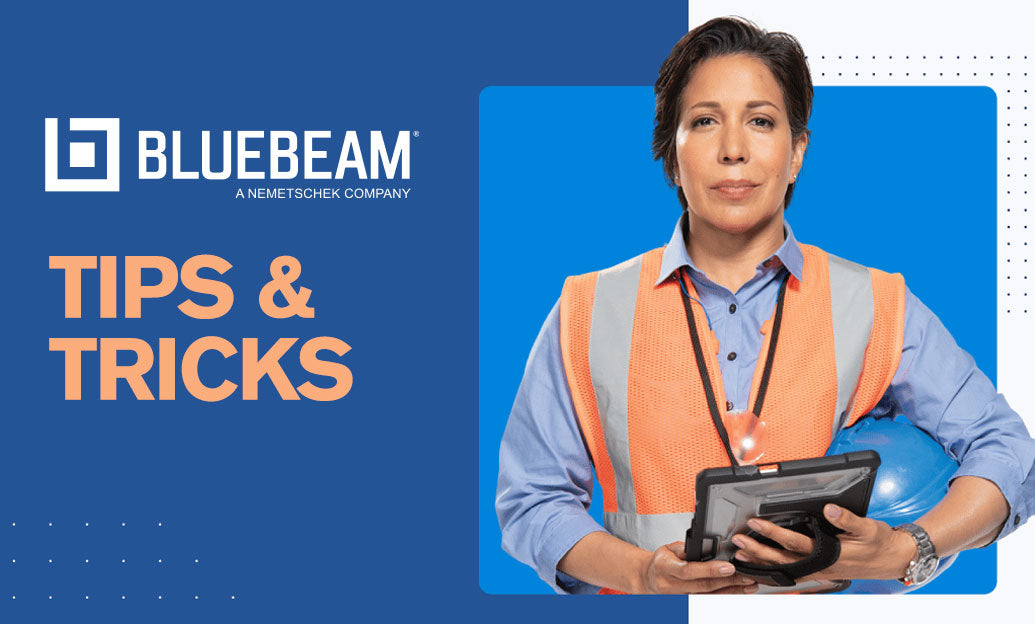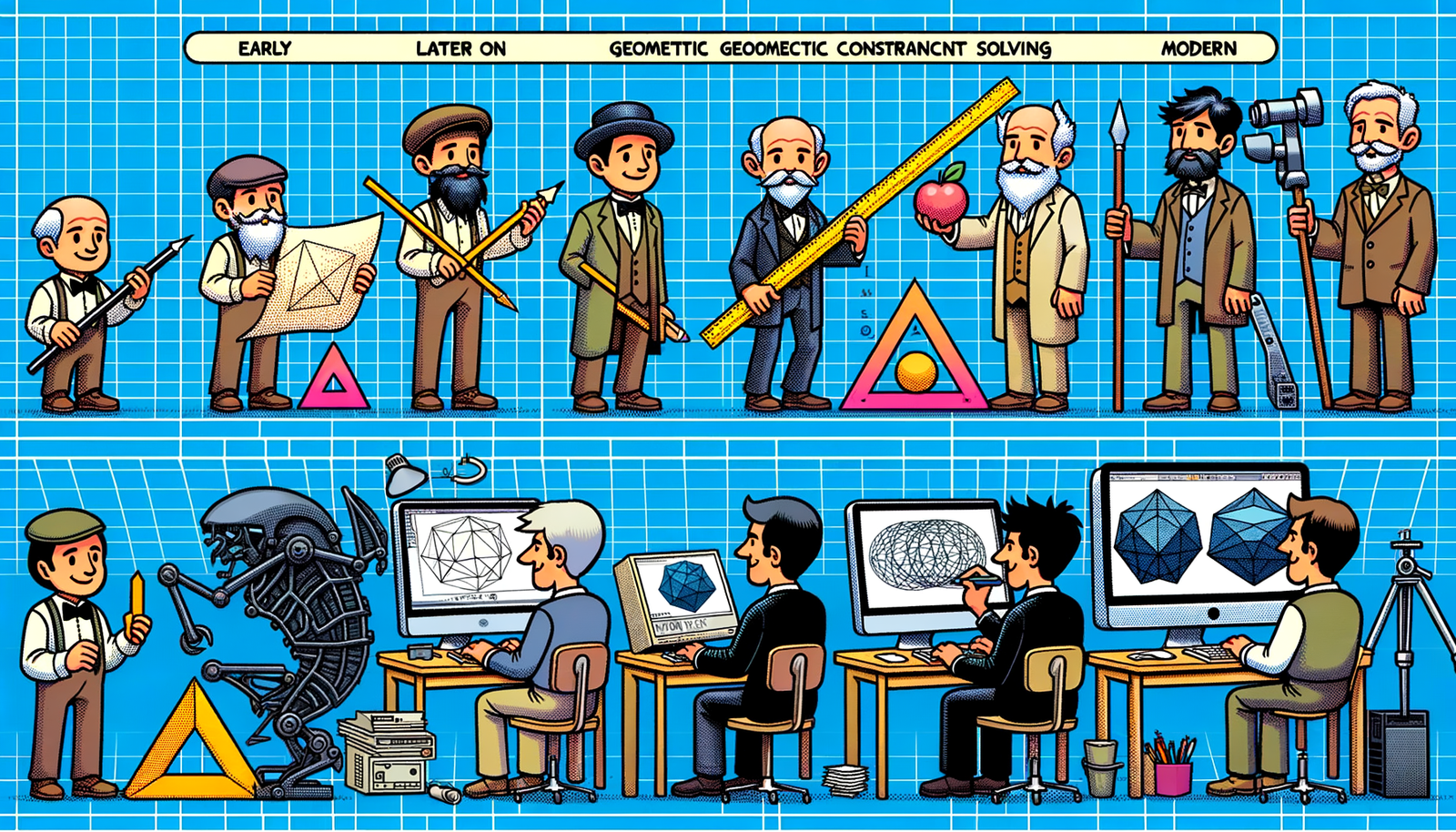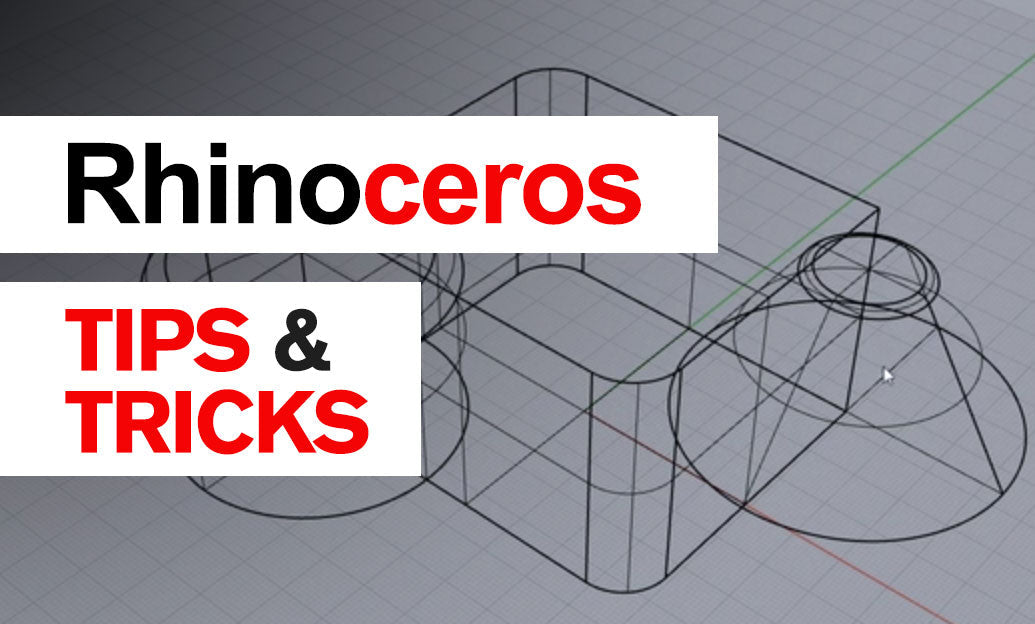Your Cart is Empty
Customer Testimonials
-
"Great customer service. The folks at Novedge were super helpful in navigating a somewhat complicated order including software upgrades and serial numbers in various stages of inactivity. They were friendly and helpful throughout the process.."
Ruben Ruckmark
"Quick & very helpful. We have been using Novedge for years and are very happy with their quick service when we need to make a purchase and excellent support resolving any issues."
Will Woodson
"Scott is the best. He reminds me about subscriptions dates, guides me in the correct direction for updates. He always responds promptly to me. He is literally the reason I continue to work with Novedge and will do so in the future."
Edward Mchugh
"Calvin Lok is “the man”. After my purchase of Sketchup 2021, he called me and provided step-by-step instructions to ease me through difficulties I was having with the setup of my new software."
Mike Borzage
V-Ray Tip: Mastering Complex Surfaces with V-Ray Blend Material Techniques
June 17, 2024 2 min read

Welcome to our daily tip for users of V-Ray Software, the premier rendering solution for artists and designers. Today, we’re focusing on the power of the V-Ray Blend Material, which is a remarkable tool that allows for the creation of complex, layered surfaces with exceptional control and realism.
Here's how to leverage the V-Ray Blend Material to elevate your 3D scenes:
-
Understanding the Basics:
- The V-Ray Blend Material is designed to combine multiple materials into a single shader, giving you the ability to layer materials with different properties.
- It's ideal for simulating surfaces like car paint with clear coats, human skin, or coated materials like varnished wood.
-
Starting with a Base:
- Begin by creating the base layer material, which serves as the foundational surface. This could be anything from a simple diffuse color to a more complex texture.
-
Adding Coat Materials:
- Add additional materials on top of the base. Each added layer can represent a different characteristic of the surface, like glossiness, reflectivity or a distinct texture.
- Use the ‘Blend Amount’ parameter to control the visibility and influence of each coat material. You can use a grayscale texture map to get variation and realism in this blending effect.
-
Utilizing Masks:
- For more precision, create masks to define where and how the coat materials show over the base. This can create wear-and-tear effects, scratches, and more nuanced features.
- Effective masks can be generated from procedural maps, images, or even the output of other shaders.
-
Leveraging Fresnel:
- Use the Fresnel IOR (Index of Refraction) parameters to simulate the natural reflectivity of surfaces at glancing angles, adding to the realism of layered materials.
- Materials such as glass or water have higher IOR values, while non-metallic materials have lower ones.
-
Performance Considerations:
- While blend materials can create stunning results, they can also be computationally expensive. Limit the number of blend layers to what's necessary for your scene to optimize render times.
- Use bitmap textures efficiently, and consider resolution and bit depth to maintain performance without compromising quality.
-
Advanced Tips:
- Explore the use of V-Ray's built-in procedural textures within your blend materials for dynamic and unique results.
- Take advantage of V-Ray’s RT GPU capabilities to preview the blend materials in real-time, making adjustments more interactively.
By mastering the Blend Material in V-Ray, you’ll unlock new levels of creative potential in your 3D projects. Make sure to experiment and refine your techniques to create the most compelling and realistic materials possible.
You can find all the V-Ray products on the NOVEDGE web site at this page.
Also in Design News

Bluebeam Tip: Maximize PDF Security and Efficiency with Bluebeam Revu's Flatten Tool
December 02, 2024 1 min read
Read More
Design Software History: Evolution and Impact of Geometric Constraint Solving in CAD History
December 02, 2024 2 min read
Read More
Rhino 3D Tip: Enhancing Scale Modeling Accuracy in Rhino 3D: Essential Tips for Designers and Engineers
December 02, 2024 2 min read
Read MoreSubscribe
Sign up to get the latest on sales, new releases and more …


